14 Wrestlers Who Left the Biggest Impact on Pro Wrestling
For all the fights and the storylines, it’s the wrestlers who shape what the sport becomes. The most influential figures not only became the headlines but also reshaped how matches are wrestled, how characters are built, and how fans connect.
This list brings to you the most lasting of these legacies.
Brian Pillman’s Unfiltered Persona
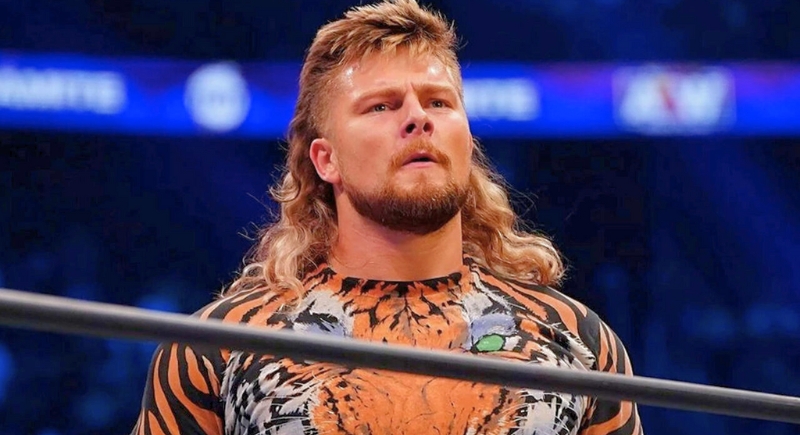
Credit: Reddit
At a time when most promos felt rehearsed, Pillman acted like he forgot they were being filmed—and that’s what made it so compelling. His “Loose Cannon” character was chaotic, unpredictable, and just grounded enough in reality to make people wonder where the script ended. Very few people predicted how much his chaotic presence would influence future performers.
Sabu’s Hardcore Blueprint
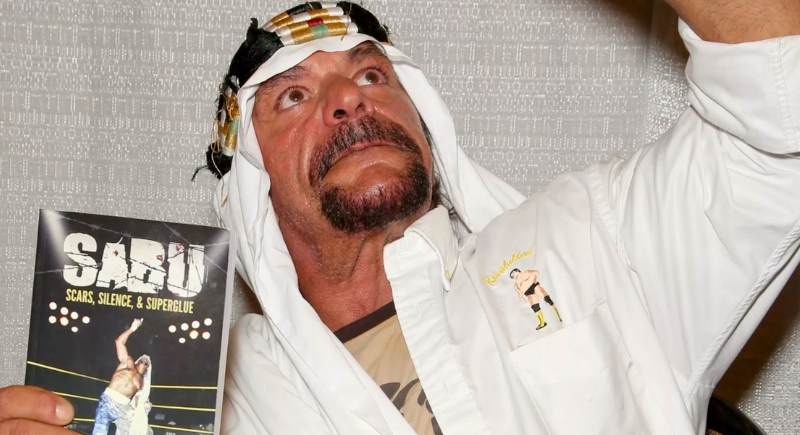
Credit: Facebook
Sabu treated his body like it owed him money. Chairs, tables, barbed wire—you name it, he dove through it. But there was a method to the madness. In ECW, Sabu helped make hardcore wrestling a legitimate form of storytelling. His style was brutal, yes, but it was also influential.
Gorgeous George’s Early Television Impact
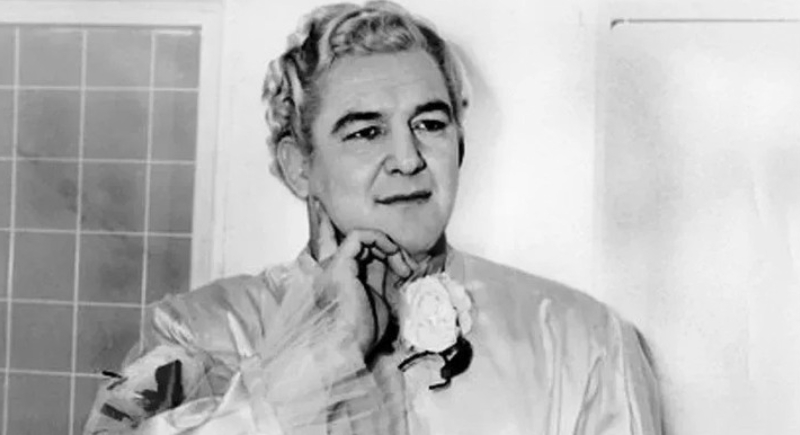
Credit: Instagram
Back when wrestling was just discovering television, Gorgeous George turned it into a performance art. He bore feather boas, elaborate entrances, and a personality big enough to warrant prime-time attention. What’s wild is how many modern gimmicks still echo his over-the-top showmanship.
Roman Reigns’ Modern Dominance

Credit: Instagram
Reigns’ extended run as WWE’s top champion reset expectations for how long-term storytelling could work in the streaming era. His reinvention as the “Tribal Chief” brought nuance and pacing back into focus. The Bloodline storyline proved that fans would still invest in a character arc done patiently and with purpose.
Jushin Thunder Liger’s International Legacy
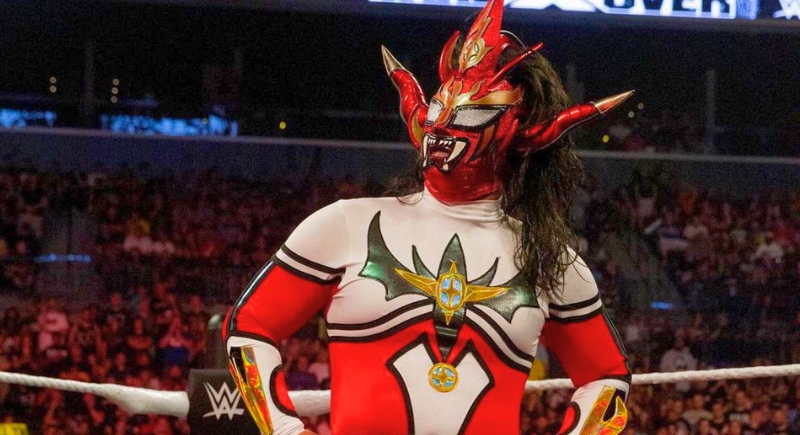
Credit: Facebook
Liger didn’t need WWE to prove his worth, but his one match there still earned him a Hall of Fame spot. As a pioneer of junior heavyweight wrestling, he built a career by elevating high-flying, technically sound offense across multiple continents. His influence is visible in wrestlers from NJPW to AEW.
Rey Mysterio’s Cruiserweight Revolution
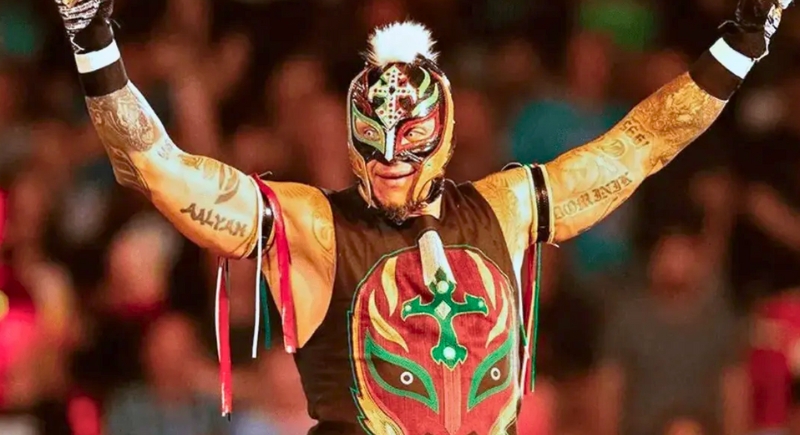
Credit: Facebook
It wasn’t just that Rey was small—it was how he made size irrelevant. He introduced American audiences to the fast-paced, intricate dance of Lucha Libre, and he did it without compromising who he was. His runs in WCW and WWE helped clear the path for lighter wrestlers to be taken seriously, even at the main event level.
Randy Savage’s Mainstream Magnitude
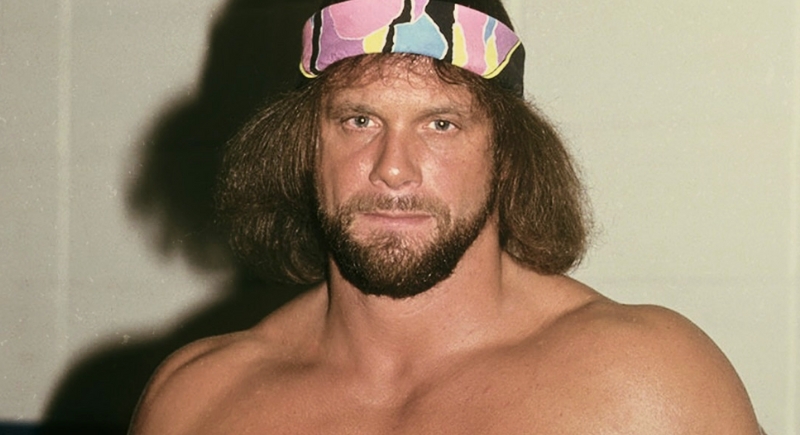
Credit: Instagram
Randy Savage brought snap into everything, including his promos, his flying elbow, even the way he wore sunglasses indoors. But behind the flair was a technician who treated match layout like chess. His bout with Ricky Steamboat at WrestleMania III became a benchmark for in-ring storytelling. And his media presence opened doors for wrestlers to become pop culture fixtures.
Hulk Hogan’s Cultural Explosion
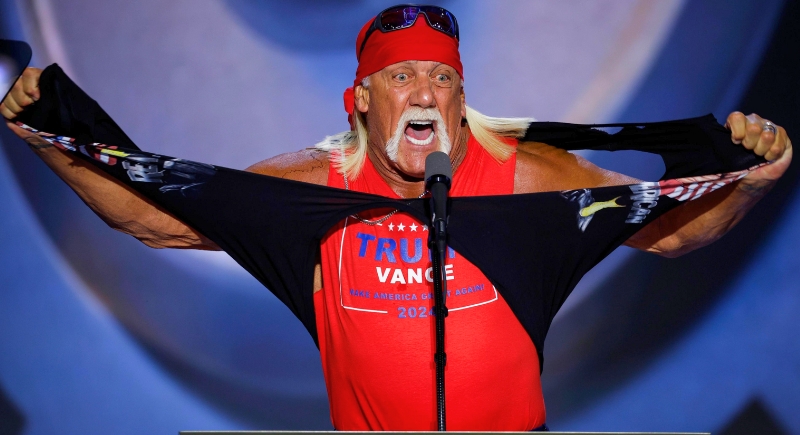
Credit: Instagram
As WWE’s face during its national boom in the 1980s, Hulk Hogan turned cartoonish charisma into global appeal. His simple offense, dramatic pacing, and crowd connection made “Hulkamania” a phenomenon.
Ric Flair’s Heel Craftsmanship
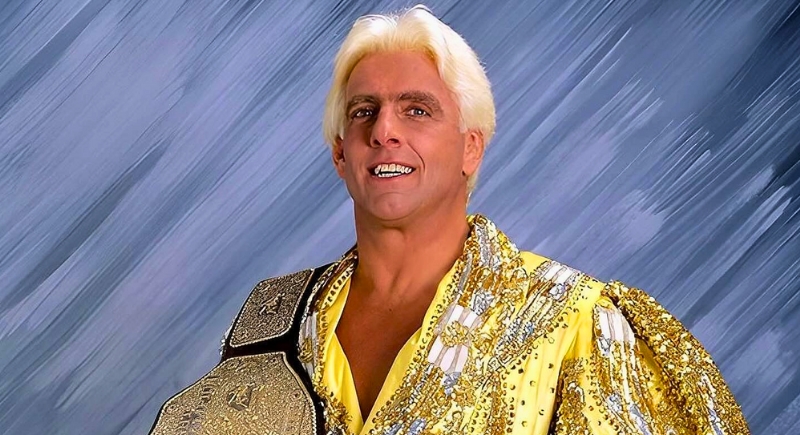
Credit: Instagram
Nobody lost with more dignity than Ric Flair. The robes, the strut, the “Woooo!”—they were all smoke and mirrors to distract from the masterclass happening in the ring. Flair made being the bad guy into an art form by using pacing, psychology, and just enough cowardice to make every win feel earned.
The Undertaker’s Enduring Mythology
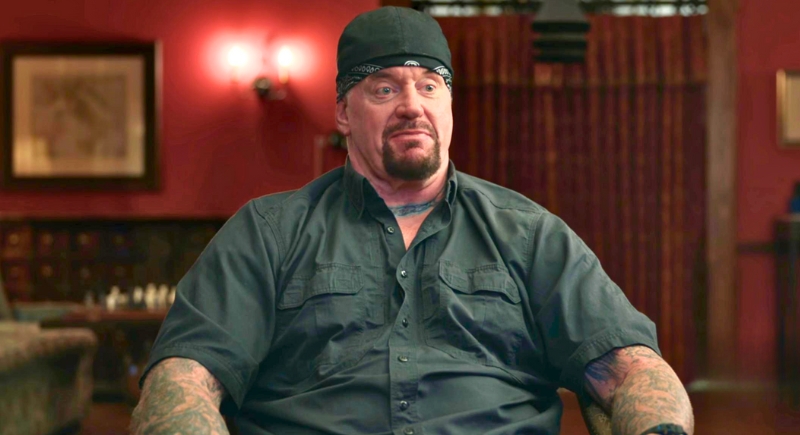
Credit: IMDb
How do you make a zombie cowboy work for 30 years? Ask The Undertaker. From undead mortician to biker to mythical guardian of the Streak, he evolved just enough without breaking the spell. He proved that character longevity, when handled well, could outlast era shifts and creative overhauls.
Shawn Michaels’ Ring Storytelling
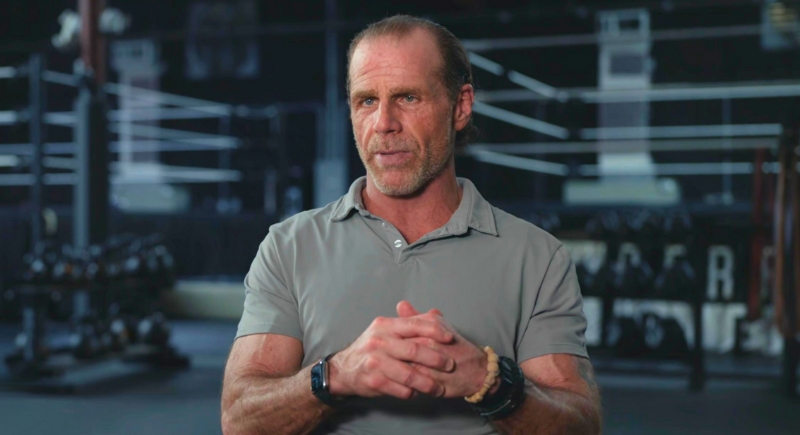
Credit: IMDb
You could study a tape of Shawn Michaels and still miss the brilliance. His “Mr. WrestleMania” nickname was a well-earned warning. His performances at WrestleMania XXV and XXVI against The Undertaker are widely regarded as two of the greatest matches in wrestling history.
Bret Hart’s Wrestling Realism
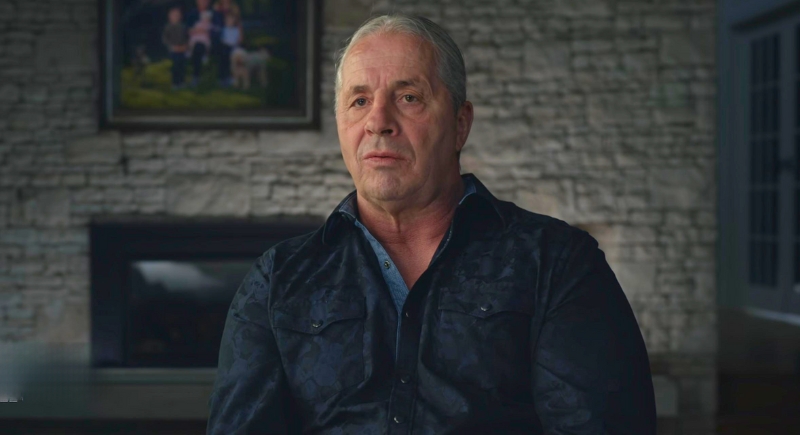
Credit: IMDb
Hart grounded wrestling in believable action by building matches around psychology, tempo, and execution. He often mapped out his bouts move for move, famously scripting the iconic WrestleMania XIII submission match against “Stone Cold” Steve Austin. Hart was also the first wrestler to win the WWF Triple Crown and held five WWF Championship reigns.
The Rock’s Entertainment Standard
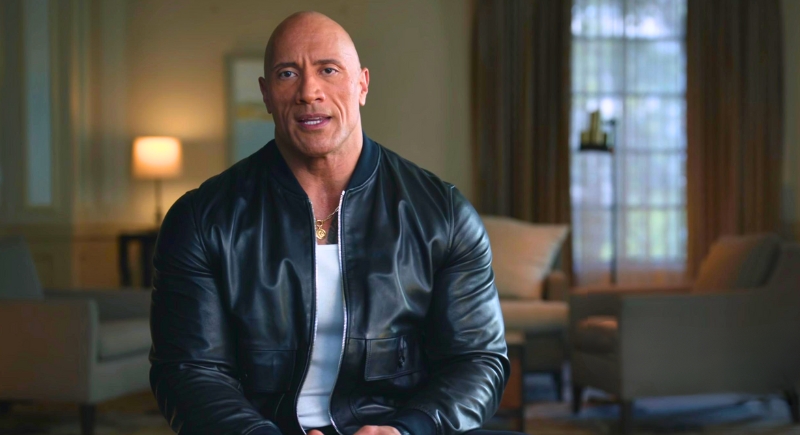
Credit: IMDb
The Rock didn’t need five-star matches because what he had were five-star moments. He turned catchphrases into cultural currency and promo segments into appointment viewing. From “It doesn’t matter what your name is” to “If you smell what The Rock is cooking,” his lines became part of pop culture. He was a 10-time world champion and headlined multiple WrestleManias, including WrestleMania X-Seven against Stone Cold Steve Austin.
John Cena’s Mainstream Reliability
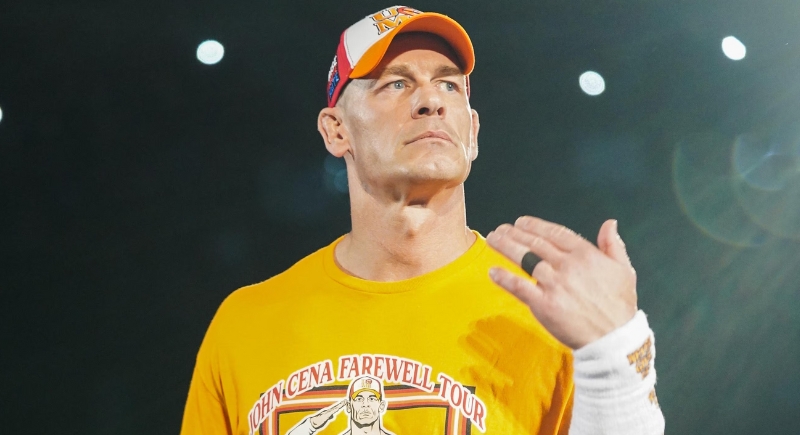
Credit: X
Love him or boo him, Cena showed up and delivered. His run stretched over eras, and through all of it, he stayed WWE’s most reliable pillar. As a 16-time world champion, Cena tied Ric Flair’s recognized record and carried the company through transitional years between the Ruthless Aggression and PG eras.
Stone Cold Steve Austin’s Era Shift
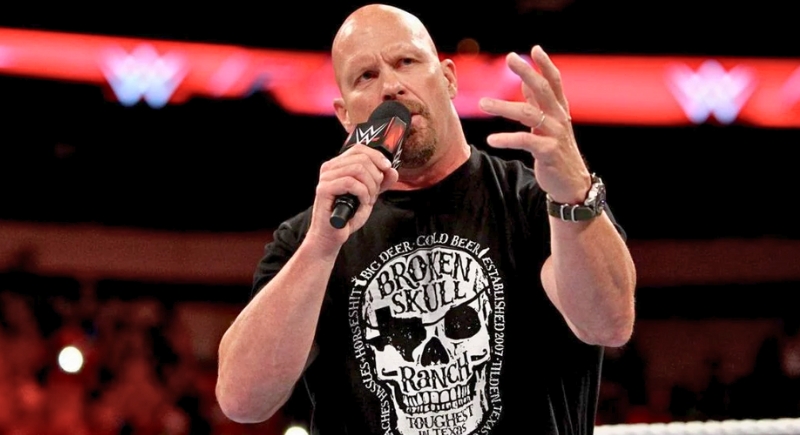
Credit: Facebook
Austin’s rebellious character and gritty realism redefined what a lead actor looked like. His feud with Vince McMahon blurred the lines between story and reality and turned weekly TV into a must-watch rebellion. The infamous moment when he delivered the first Stunner to McMahon in 1997 kick-started one of the most profitable rivalries in wrestling history.
Mick Foley’s Hardcore Heart
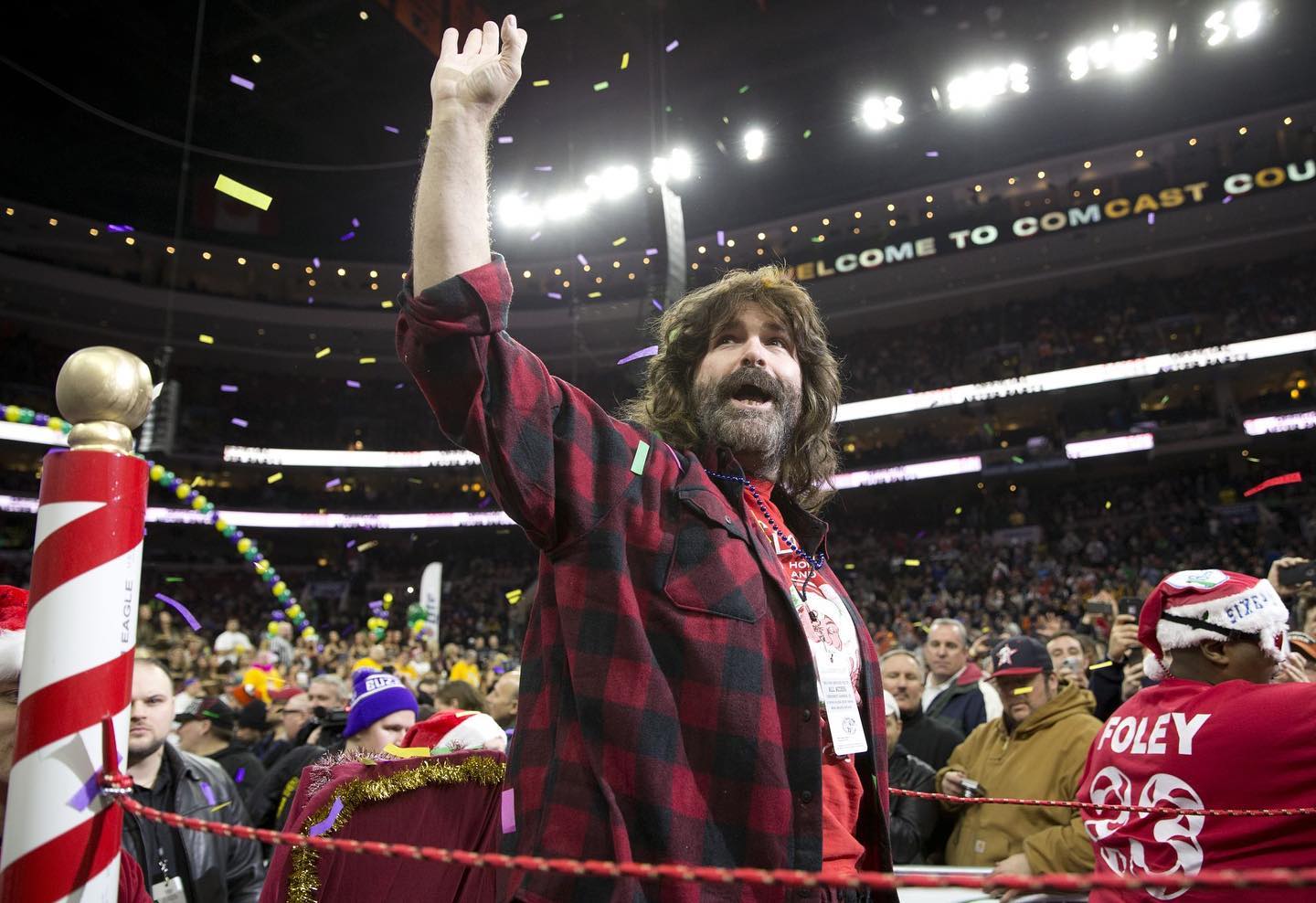
Credit: Facebook
Mick Foley made pain an art form. Whether as Mankind, Cactus Jack, or Dude Love, he took bumps that looked like career-enders and turned them into legendary moments. His Hell in a Cell plunge against The Undertaker wasn’t just a stunt but a statement on sacrifice for storytelling. Foley’s vulnerability and grit showed fans that the heart can be as compelling as muscle.